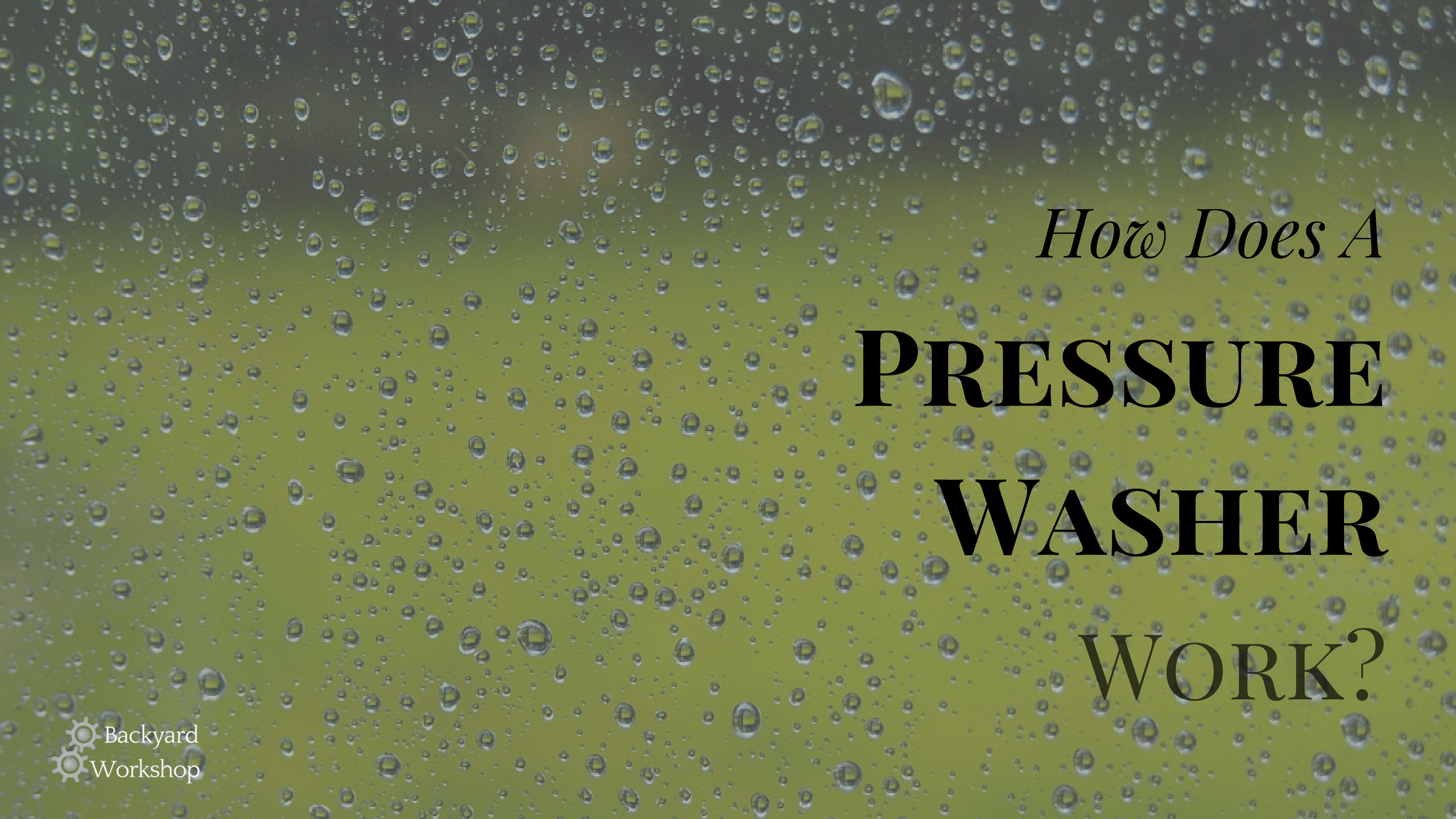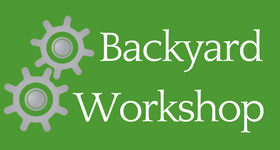How Does A Pressure Washer Work?

They are really handy to have when you need to clean off your house, boat, car or other large item. I’m talking about the lowly pressure washer. Did you ever stop to think how exactly this ubiquitous household tool actually works?
A pressure washer is essentially a water pump powered by a gas or electric motor. How it works is what makes the pressure washer, aka the power washer, the better option for tough cleaning jobs—that which just a normal garden hose and soap can’t clean.
What Parts Are There To A Power Washer
While at first glance a washer might seem like a complicated piece of machinery, it really isn’t. A pressure washer consists of 5 parts.
Gas or Electric Motor
The gas or electric motor powers the water pump.
Electric motors with 1300-1900 psi will help you clean small patios and decks, garden furniture, barbecue grills, plastic play sets, and even for washing your car.
For fences, sidings, larger decks and patios, and boats, a 2000-3100 psi gas pressure washer could be the better choice.
The 3200-4200 gas pressure washers are mostly used for stripping paint, removing graffiti and cleaning jobs on construction sites.
Water Pump
The pump is the main part of the pressure washer. It is driven by the gas or electric motor. It works like any other engine. When the starter rope is pulled, the engine rotates the crankshaft.
The crankshaft connects to plungers that function as a syringe. The pump sucks the water from the faucet when the plunger moves up and stores the water. Water doesn’t compress the way air does. When the plunger is pushed down the pressure applied to the water in the container pushes the water outward in all directions with equal force.
Water Inlet
The water inlet is the hose that connects the water pump to the faucet. When you open the faucet, the water flows from the faucet through the water inlet to the water pump.
The inlet contains a filter to block debris entering the pressure washer.
High-Pressure Hose
The high-pressure hose connects the water pump with the nozzle and its attachments. The hose is strengthened with wire mesh and layers of high-density plastic.
The hose must have a higher-pressure rating than the water pump to handle the high-pressured water stream. Normally the safety margin is 300% on a high-pressure hose.
Nozzle and Attachments
The nozzle is a trigger mechanism that releases the water from the high-pressure hose. It controls the force the water sprays and the angle at which you want to spray.
Attachments vary from brushes for scrubbing to spinning, pinpoint or wide fan sprays. Another option is to add a detergent to the water spray when scrubbing and other deeper cleaning jobs.
The water force powers the attachments.
Before you start the pressure washer, remember to clean the water inlet filter, remove kinks in the hoses, and ensure that that your water supply is sufficient for the water pressure.
That’s How A Pressure Washer Works
I hope this was helpful in answering your question. Power washers have been around for a long time, and each year they get a little more efficient and less expensive. But they have always had these five main parts.

